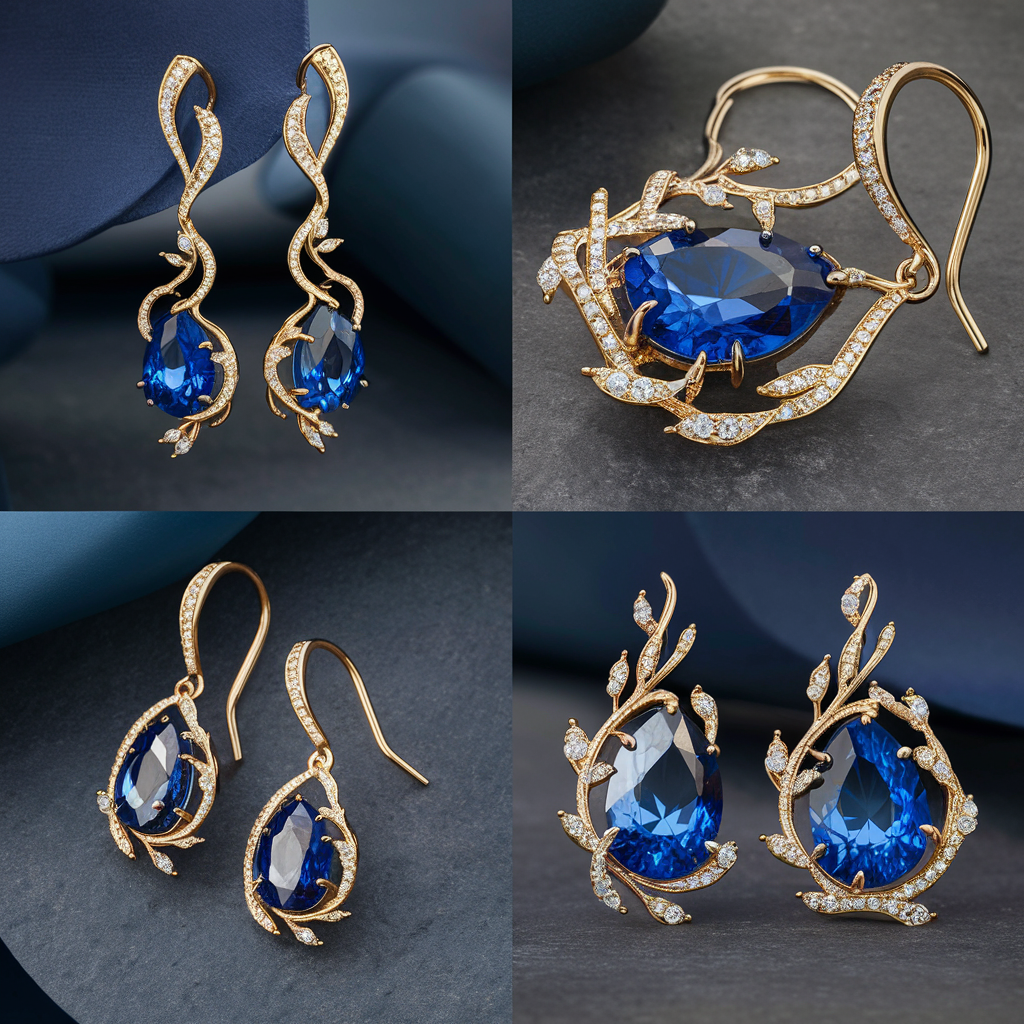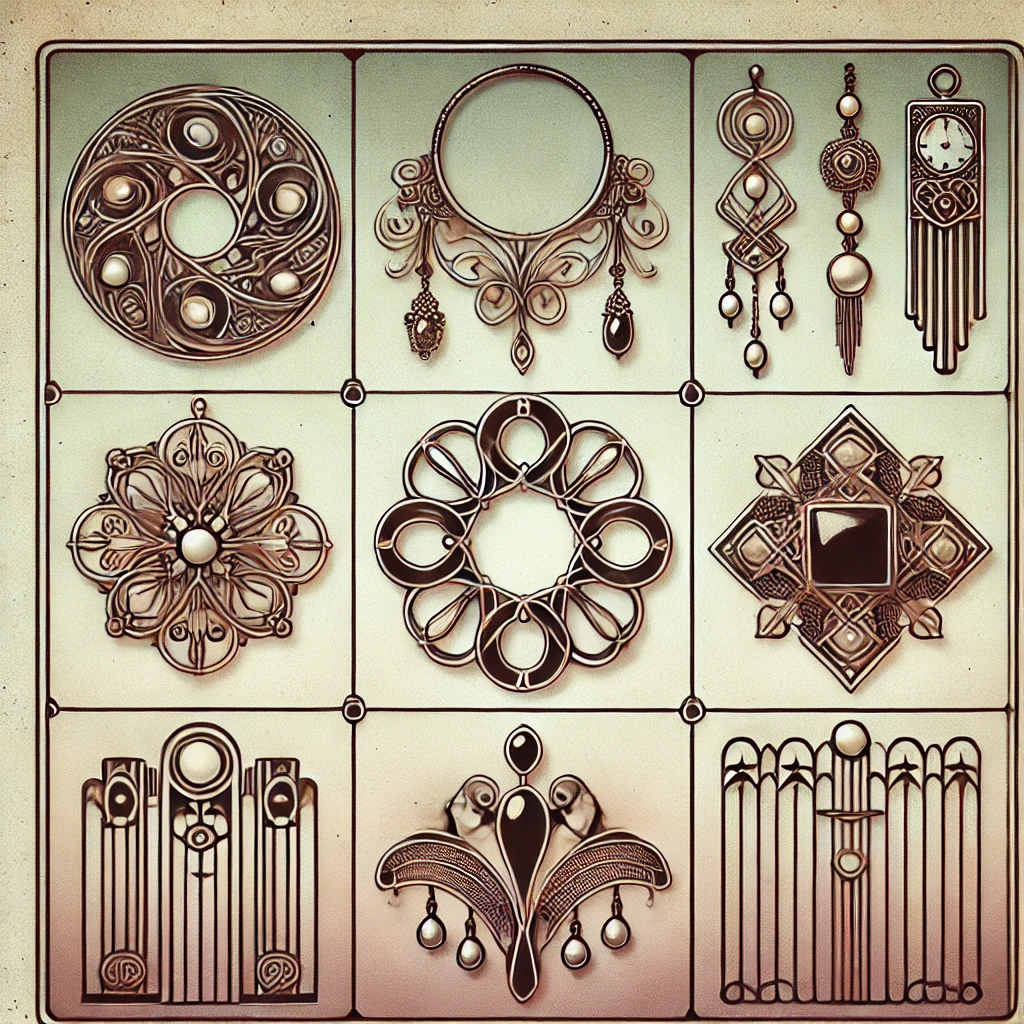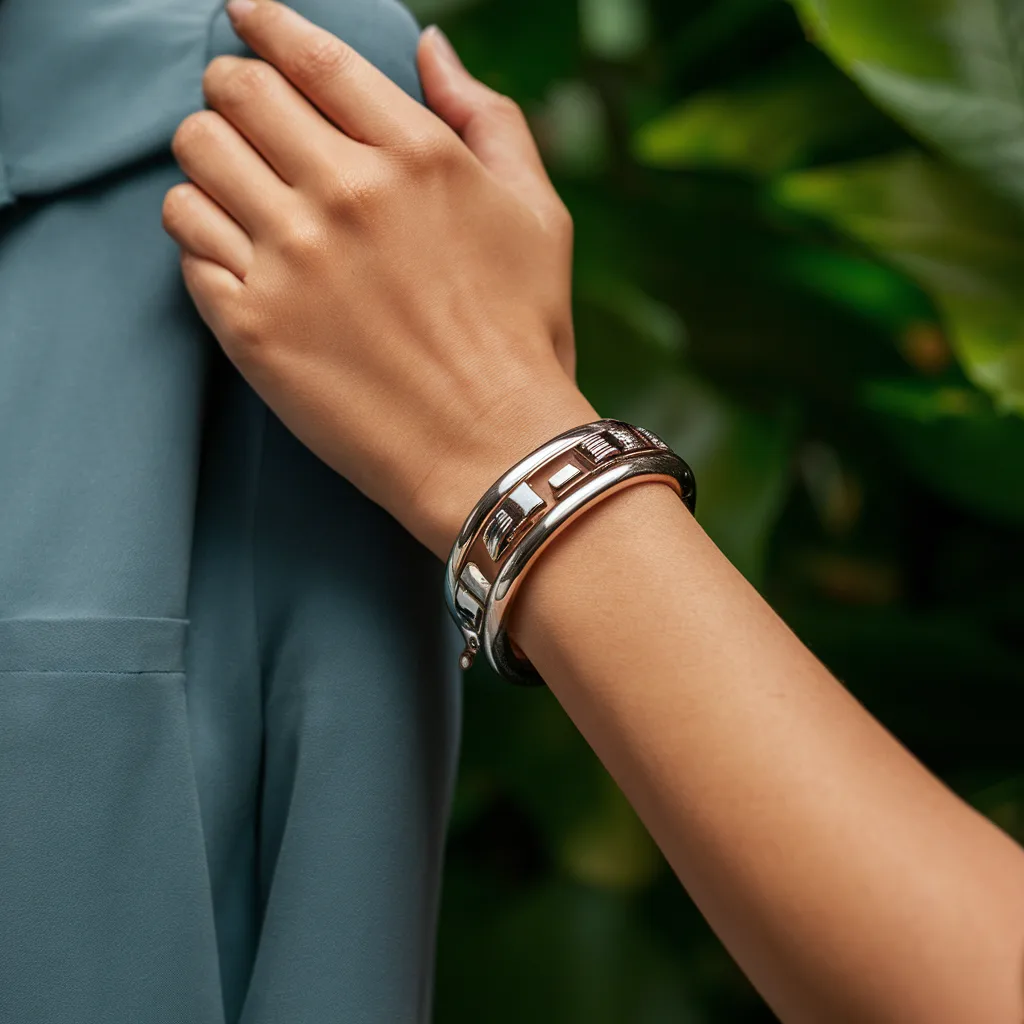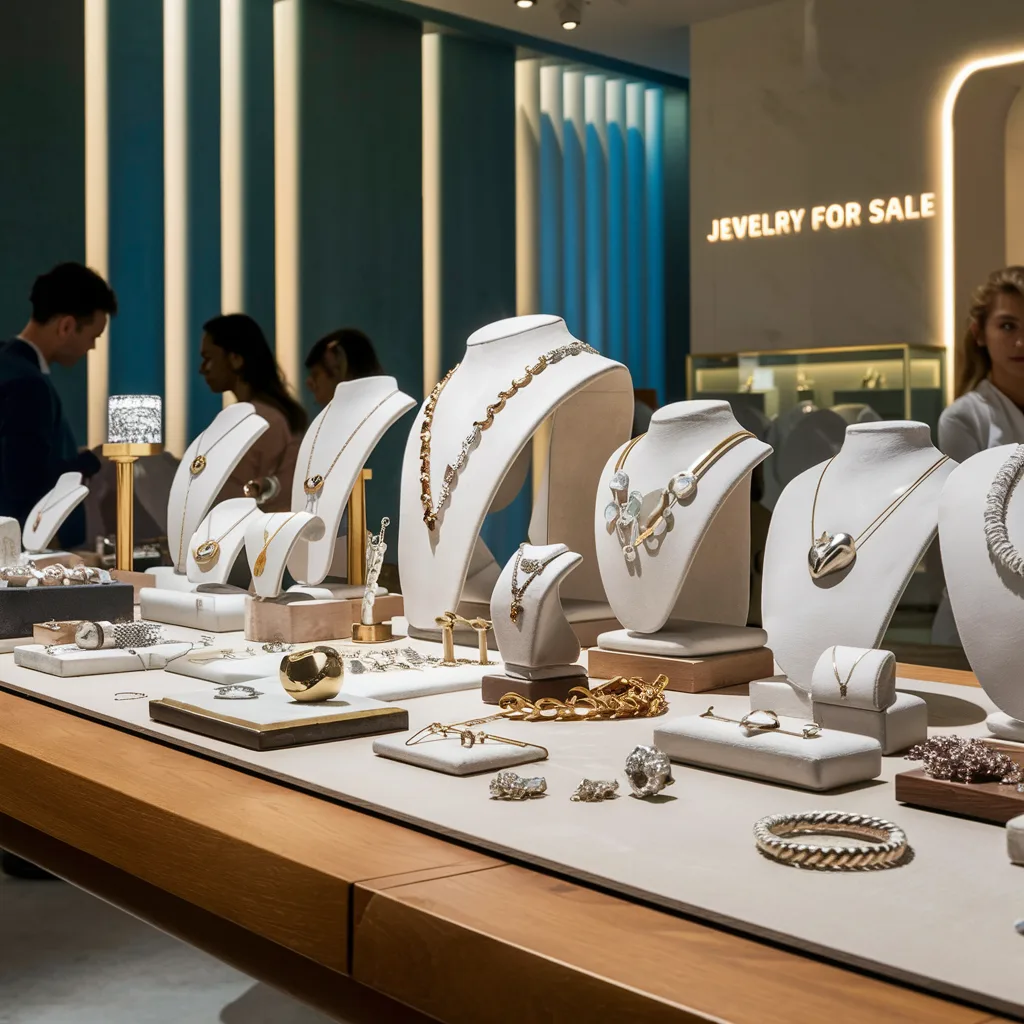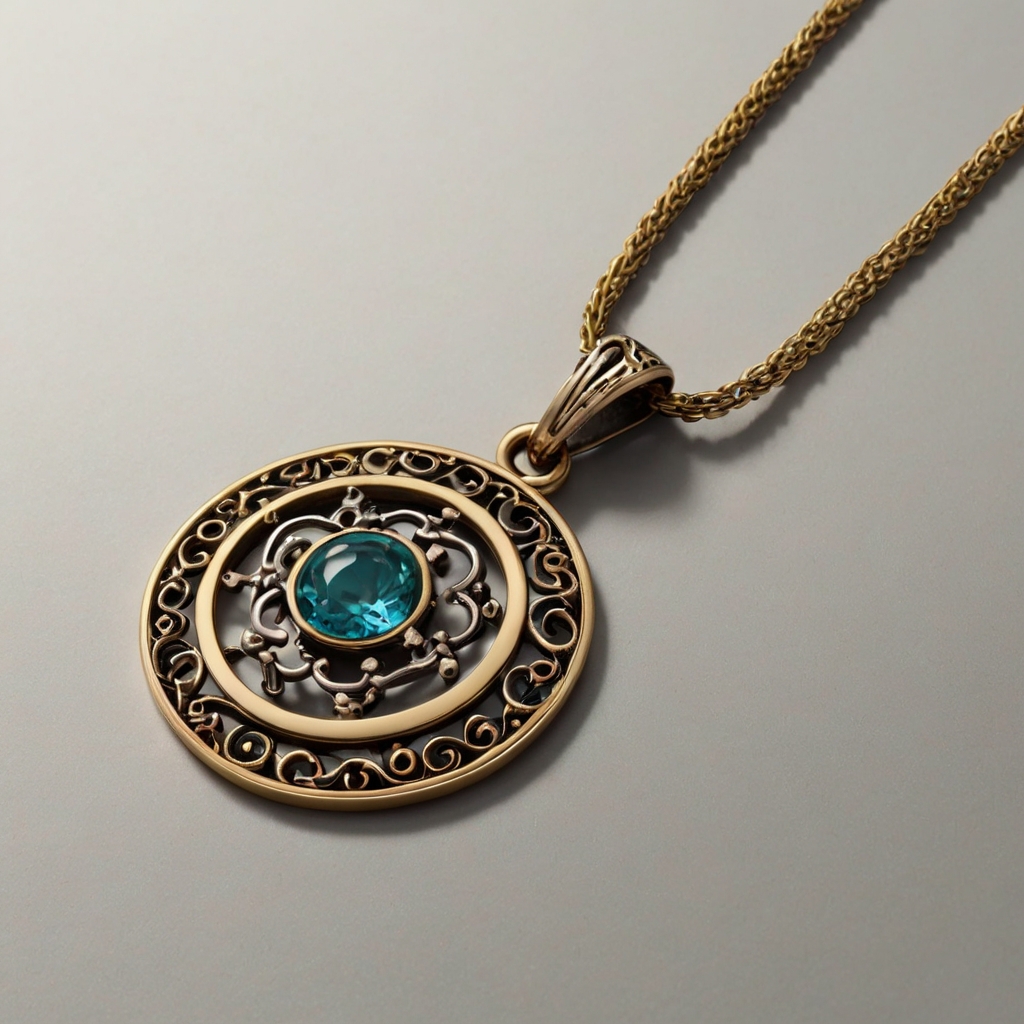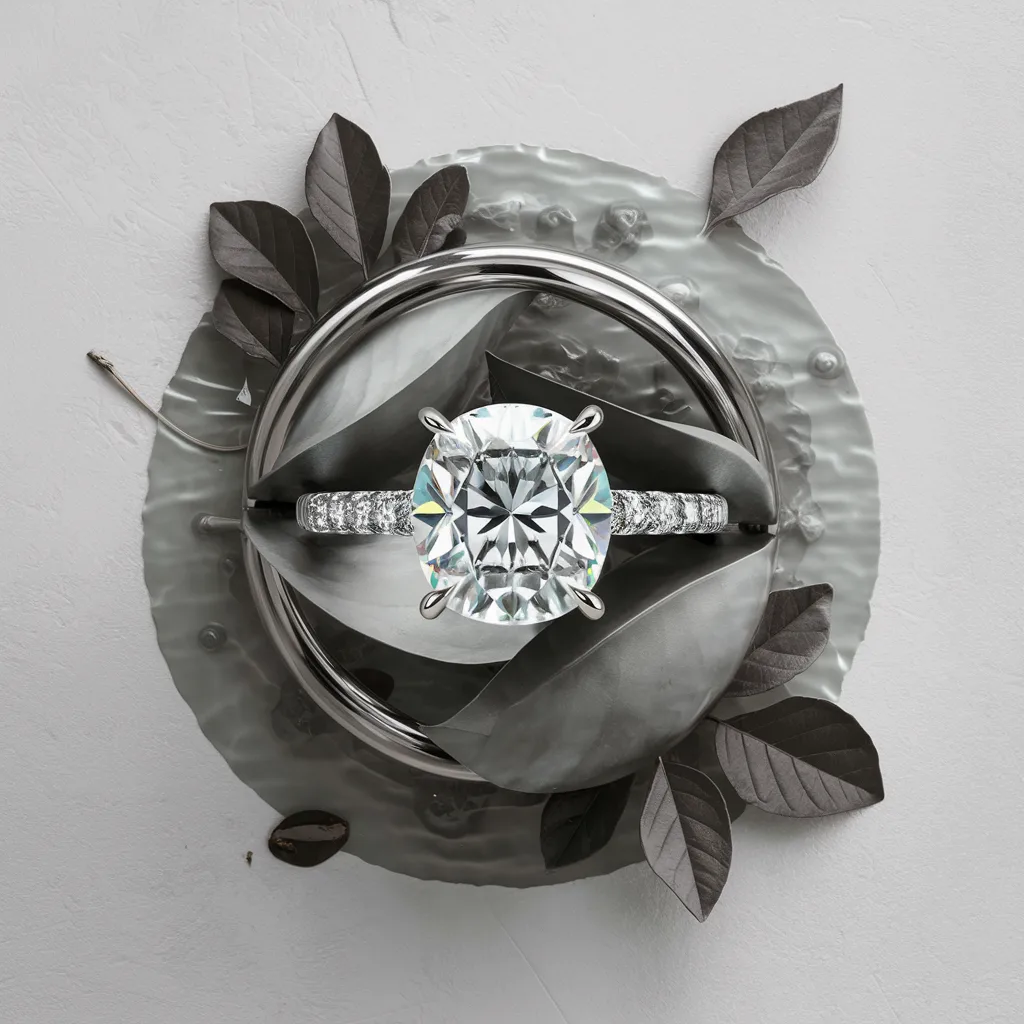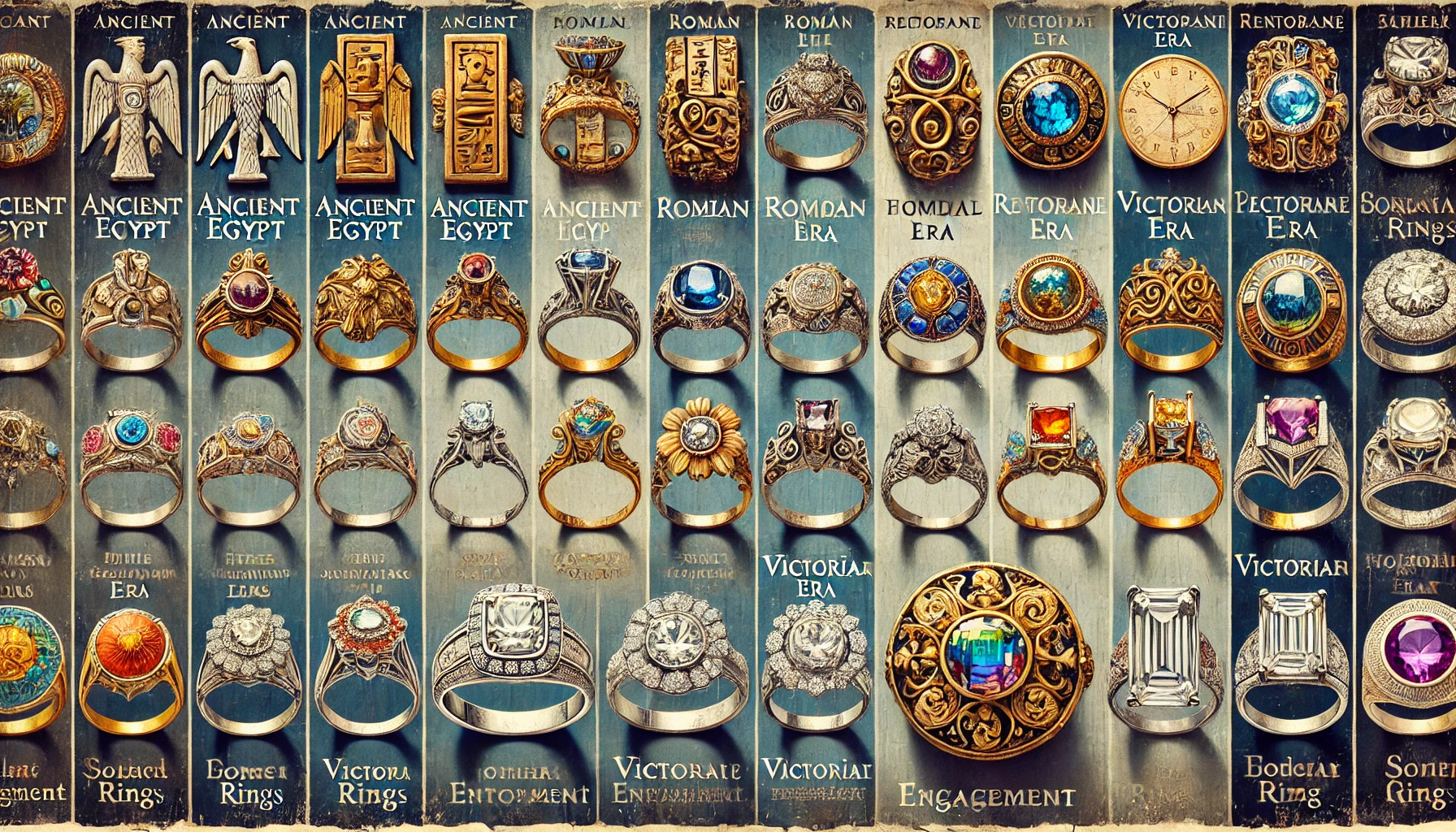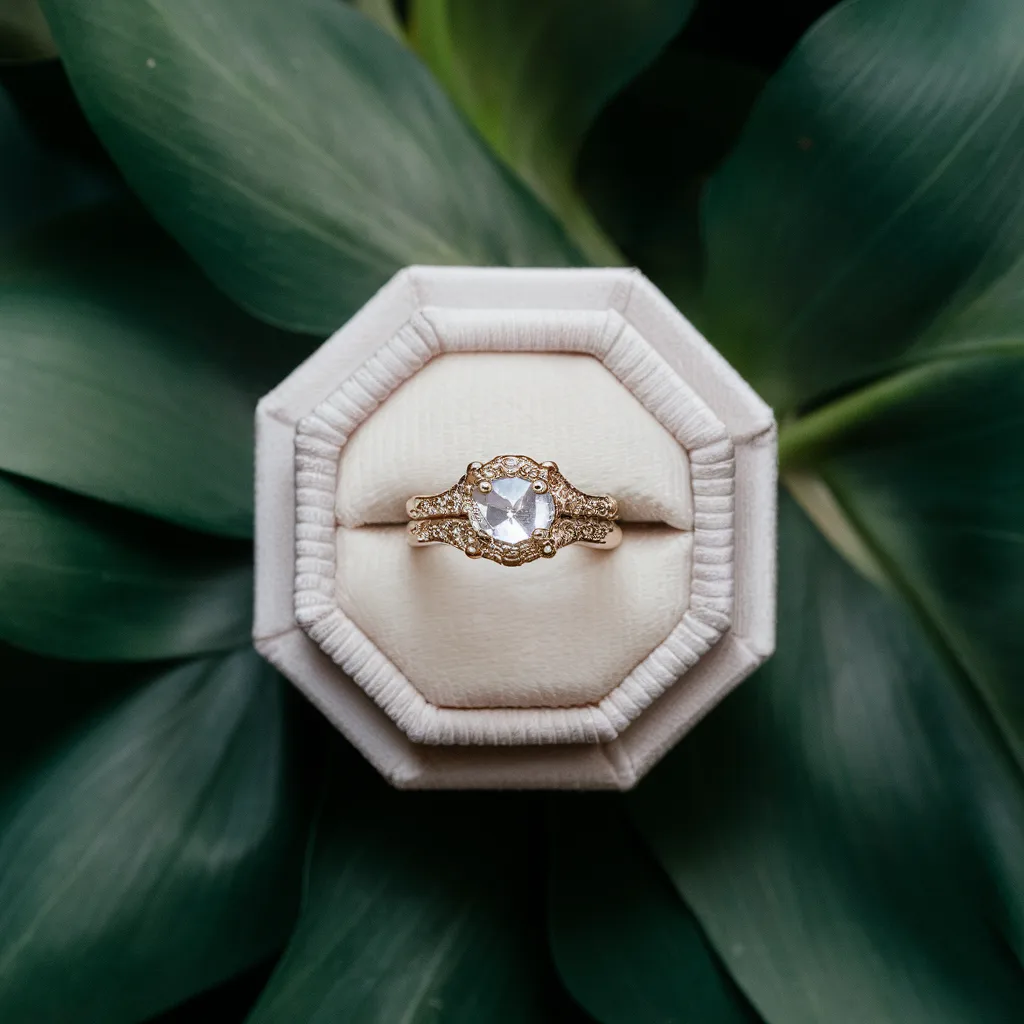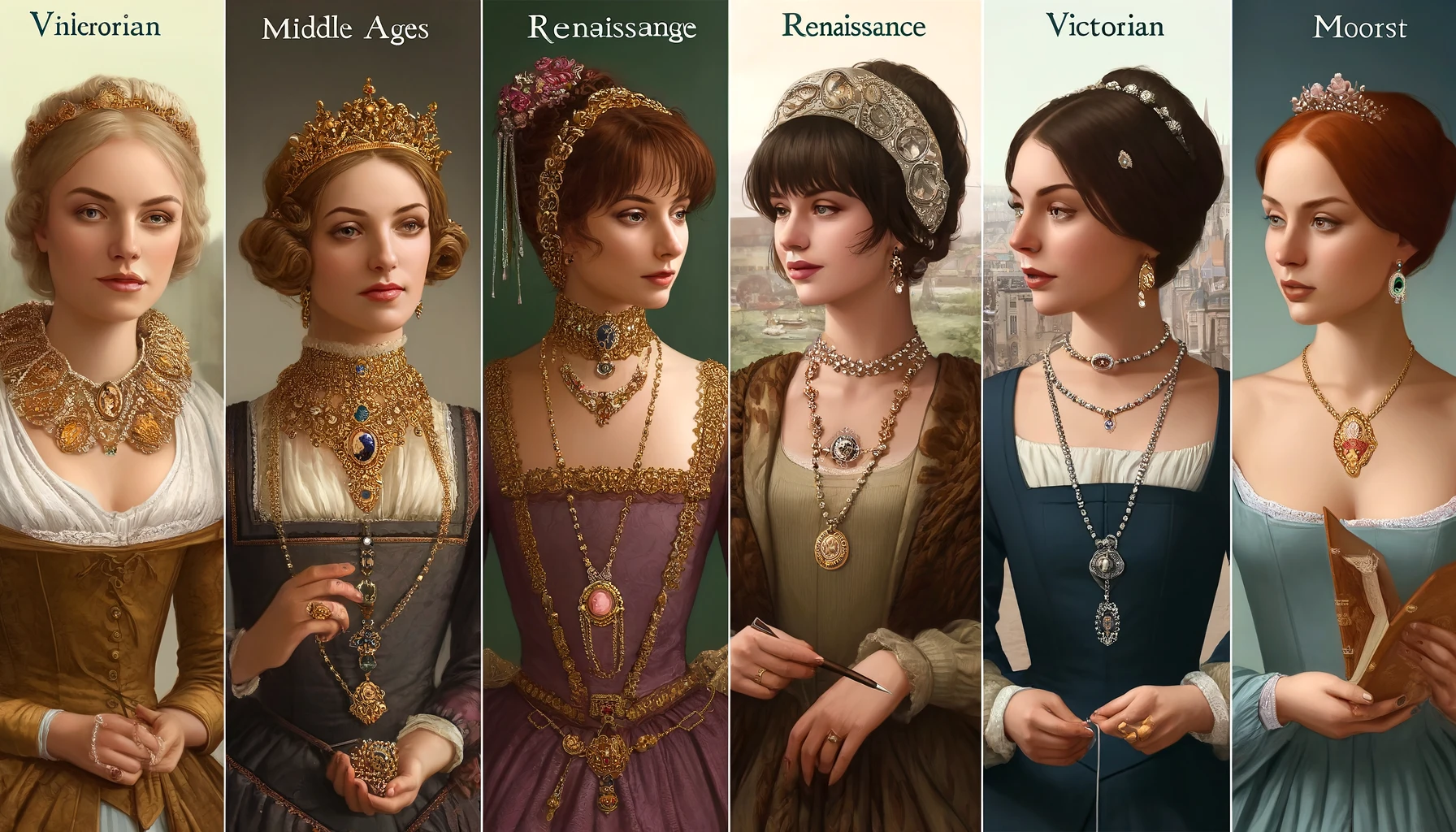
The Evolution of Necklace Styles from the Middle Ages to Modern Day
Introduction
Necklaces have been an integral part of human adornment for centuries, evolving significantly through different historical periods. From the opulent designs of the Middle Ages to the minimalist trends of the 21st century, necklaces reflect the cultural, social, and technological changes of their times. This article explores the fascinating journey of necklace styles from the Middle Ages to the modern day.
The Middle Ages (5th - 15th Century)
During the Middle Ages, necklaces were primarily made from natural materials like bone, wood, and shell, gradually incorporating precious metals and stones. The craftsmanship was often rudimentary, but intricate designs began to emerge, especially among the nobility and clergy. Religious symbols dominated, with crosses and other Christian motifs being popular.
The Renaissance (14th - 17th Century)
The Renaissance period marked a revival of classical antiquity, leading to the creation of elaborate and ornate necklaces. Jewelers introduced intricate designs and the use of gemstones like rubies, sapphires, and emeralds. Necklaces often carried symbolic meanings, representing power, wealth, and romantic ideals.
The Baroque Period (17th - 18th Century)
Baroque necklaces were characterized by their lavish and extravagant designs. Pearls became a favorite, and colored gemstones were prominently featured. European courts, particularly those of France and Spain, greatly influenced the styles, leading to the creation of grand and elaborate pieces.
The Georgian Era (1714 - 1830)
The Georgian era saw the rise of handcrafted elegance in jewelry. Popular motifs included flowers, birds, and classical figures. The Industrial Revolution began to impact jewelry production, making it more accessible to the middle class. However, the finest pieces remained the work of skilled artisans.
The Victorian Era (1837 - 1901)
The Victorian era introduced romantic and mourning jewelry, influenced by Queen Victoria's personal style. Technological advancements allowed for mass production, but handcrafted pieces remained in vogue. Lockets, cameos, and chains were popular, often adorned with symbolic motifs and inscriptions.
The Edwardian Era (1901 - 1910)
Edwardian necklaces were delicate and intricate, reflecting the elegance of the time. Platinum and diamonds were favored materials, creating light and airy designs. The influence of Art Nouveau brought organic forms and flowing lines into necklace styles.
The Art Deco Period (1920s - 1930s)
The Art Deco period introduced geometric shapes, bold colors, and new materials like Bakelite. The influence of modernism and exotic cultures led to innovative and eye-catching designs. Necklaces from this era are characterized by their vibrant and dynamic appearance.
The Retro Era (1935 - 1950)
Hollywood glamour influenced the bold and chunky necklace designs of the Retro era. The use of gold, often in rose hues, and large gemstones became popular. Wartime restrictions on materials led to creative solutions, with jewelers repurposing existing pieces.
The Mid-20th Century (1950s - 1970s)
Post-war optimism and prosperity marked the mid-20th century, leading to the rise of costume jewelry. Affordable and stylish pieces became widely available, influenced by cultural movements and pop culture. Necklaces often featured playful and whimsical designs.
The 1980s and 1990s
The 1980s and 1990s saw a return to bold and extravagant styles. Oversized pieces, often in gold, became fashionable, driven by the influence of celebrities and pop stars. The era was marked by a mix of high-end designer jewelry and accessible fashion pieces.
The 21st Century (2000s - Present)
In the 21st century, necklace styles have diversified, ranging from minimalist to statement pieces. There is a growing emphasis on sustainable and ethical jewelry, with designers prioritizing environmentally friendly materials and practices. Social media and fast fashion have accelerated trends, making unique and personalized necklaces more popular.
Technological Advancements in Jewelry Making
Technological advancements like 3D printing and CAD design have revolutionized jewelry making. These innovations allow for precise and customizable designs, enabling jewelers to create intricate and unique pieces efficiently. New materials and techniques continue to expand the possibilities for necklace design.
Cultural Influences on Necklace Styles
Globalization has led to the blending of cultural influences in necklace styles. Traditional jewelry from various cultures inspires modern designs, resulting in fusion pieces that celebrate diversity. Necklaces continue to carry cultural significance, often symbolizing heritage and identity.
Conclusion
The evolution of necklace styles from the Middle Ages to modern day reflects the dynamic interplay of culture, technology, and fashion. Despite changing trends, necklaces remain a timeless and versatile accessory, embodying personal expression and societal values.

